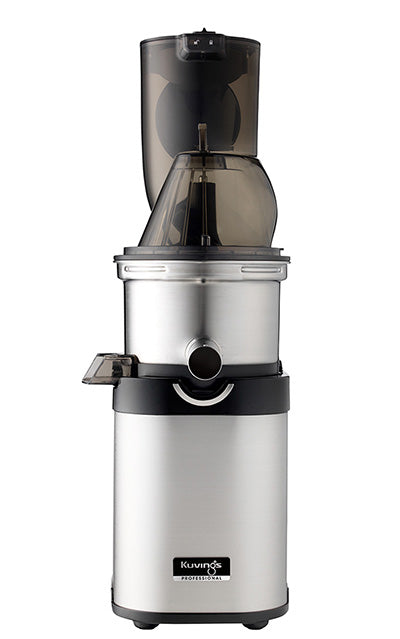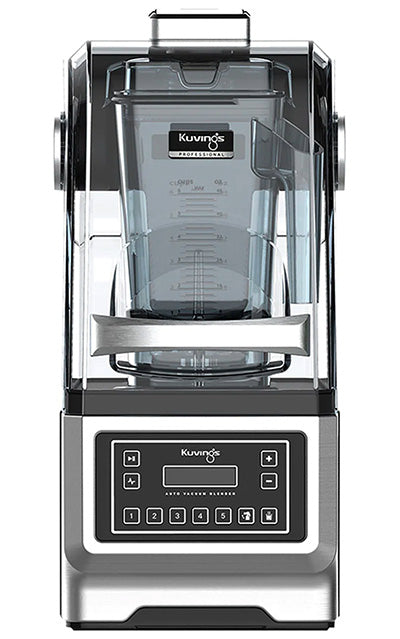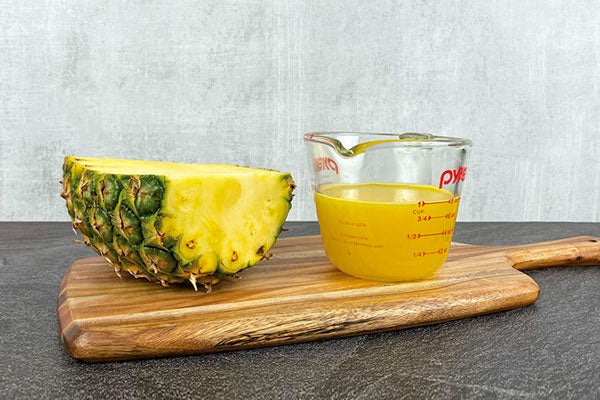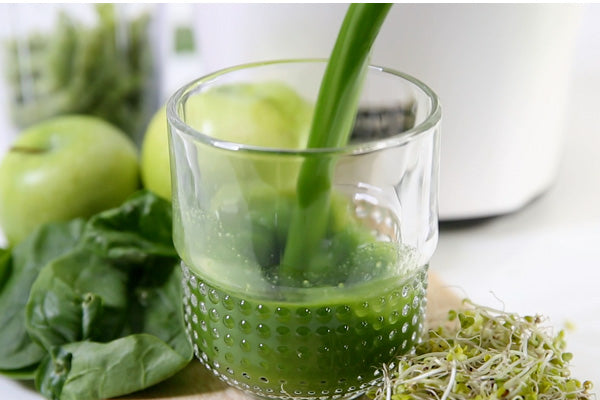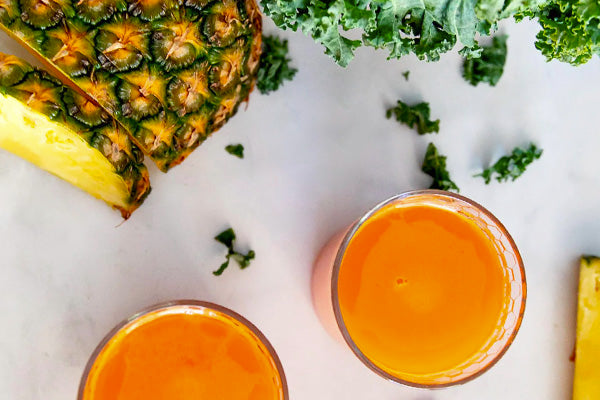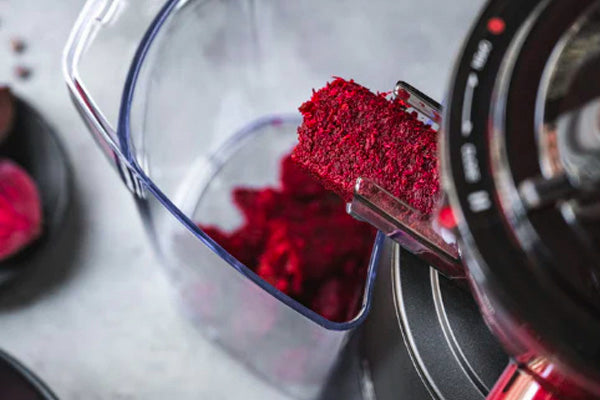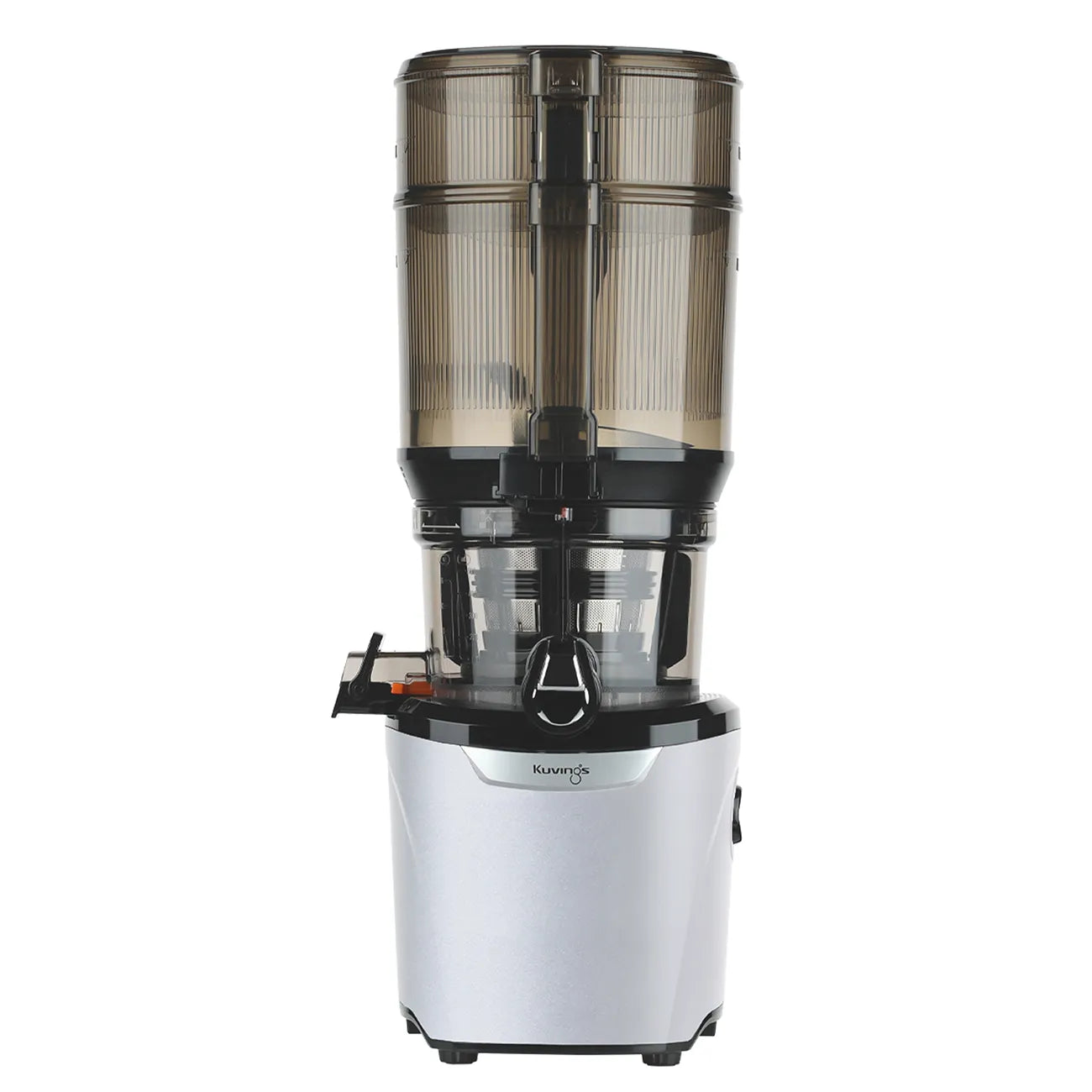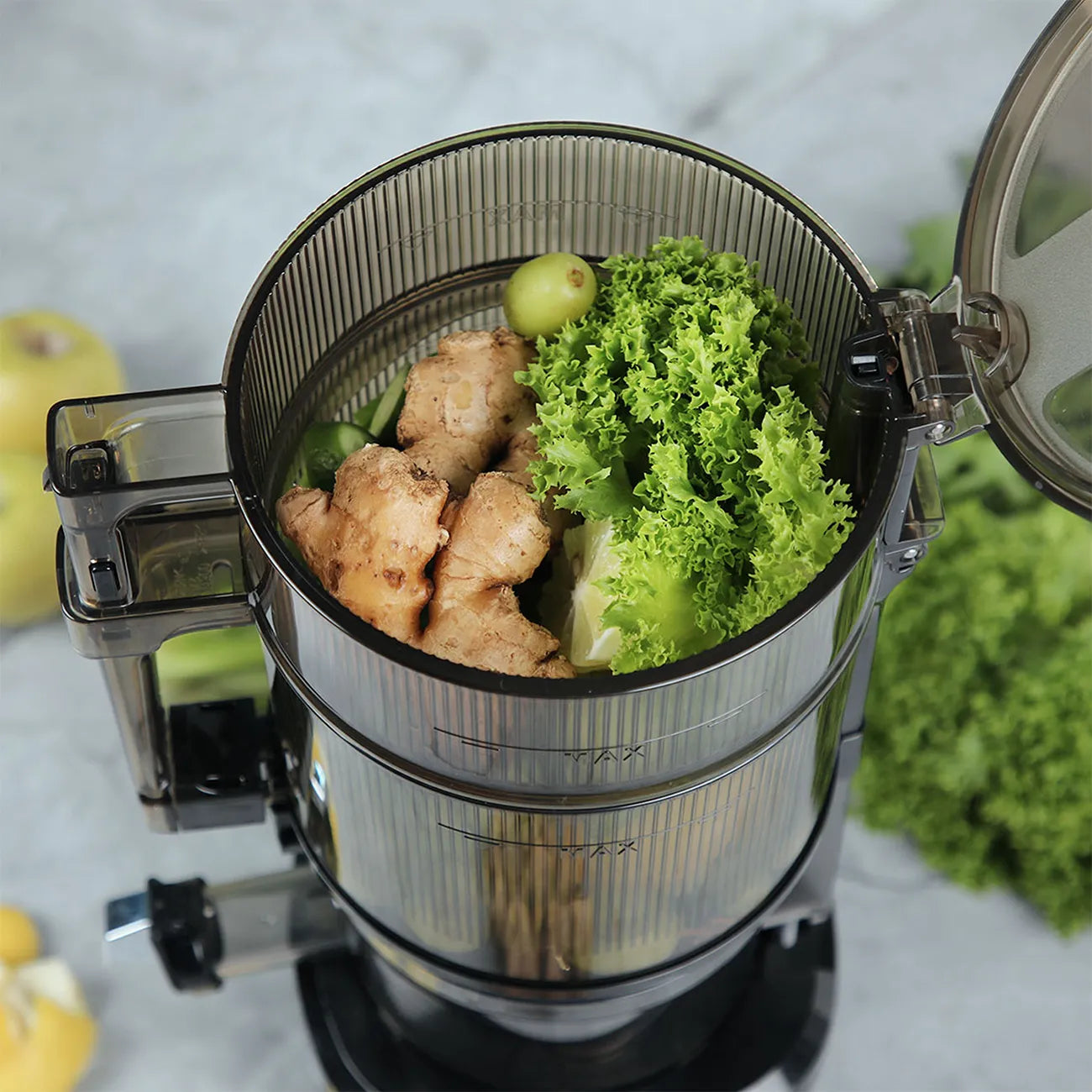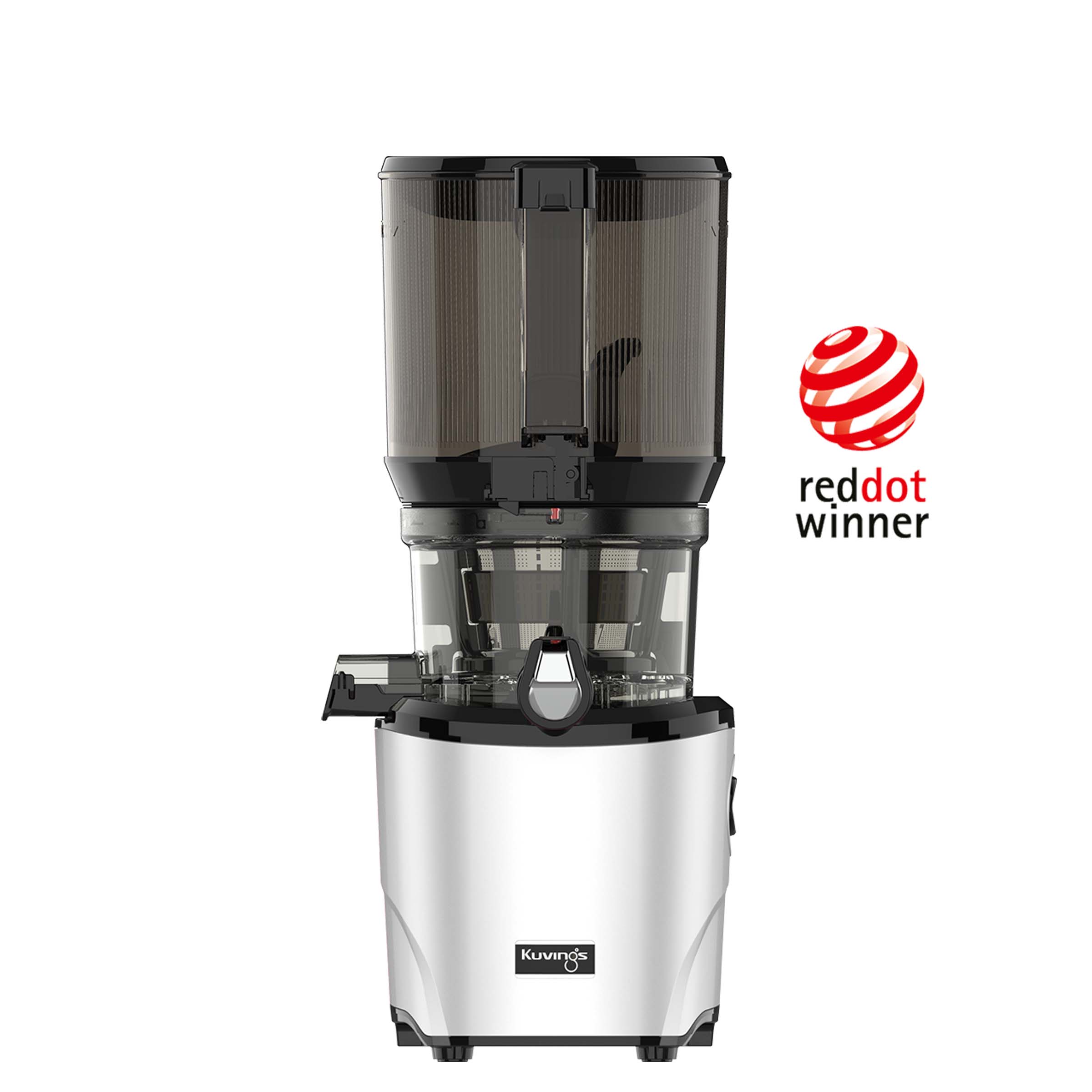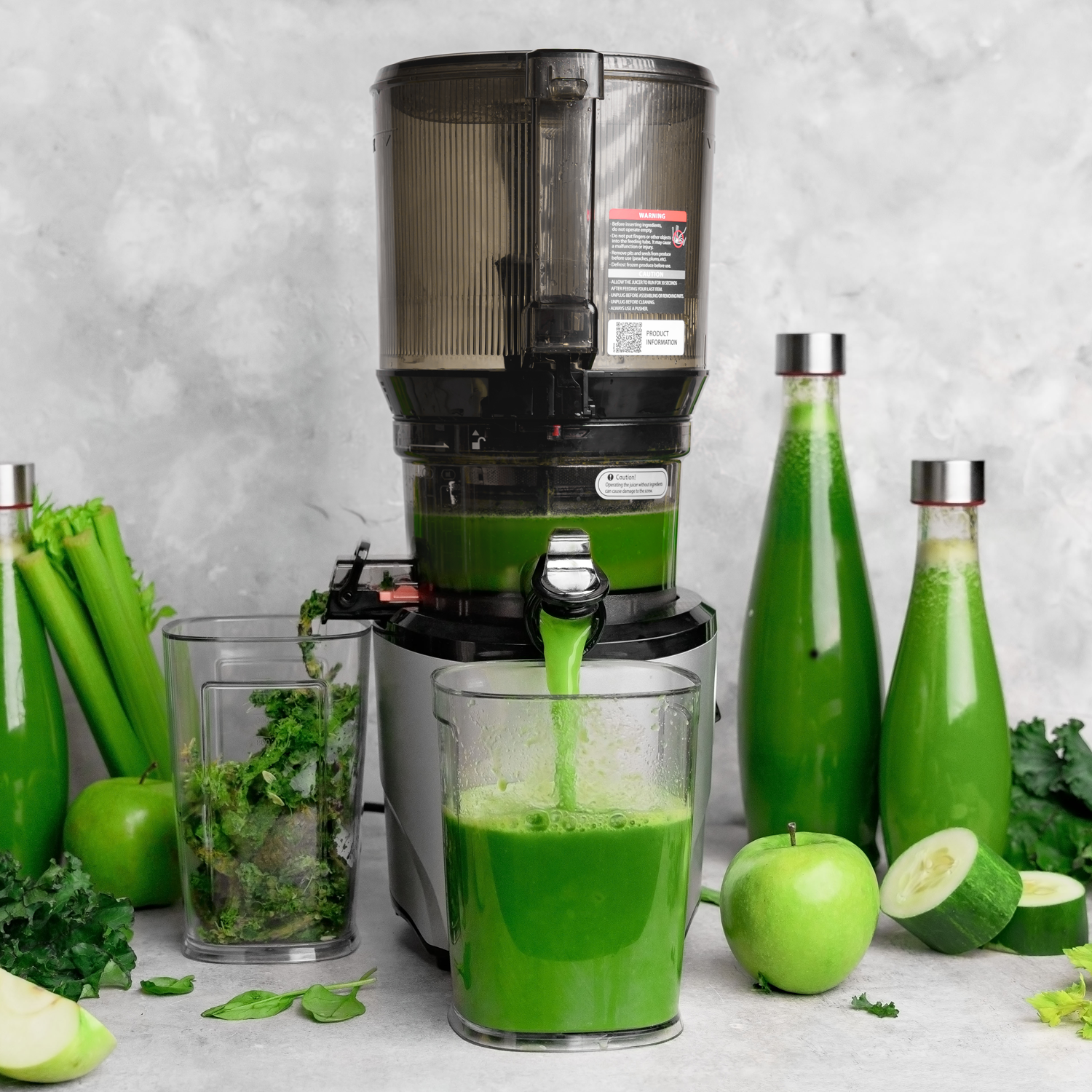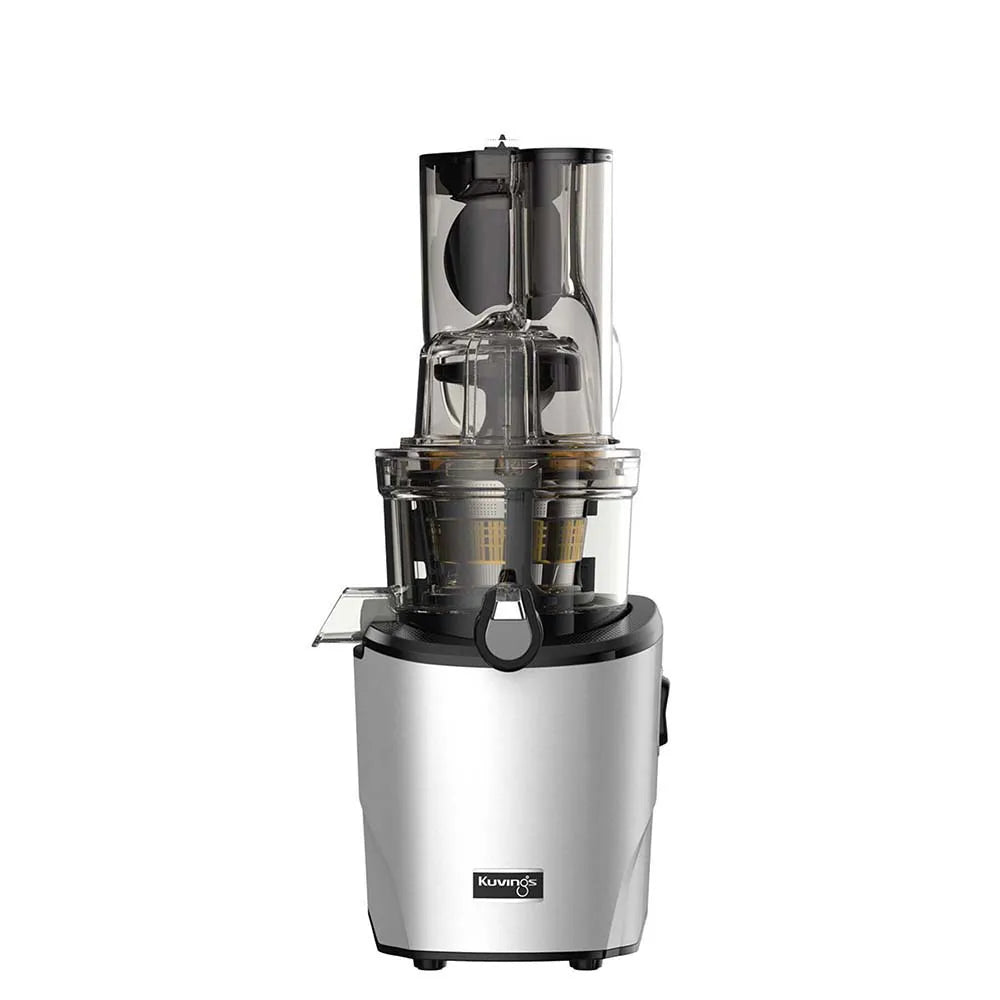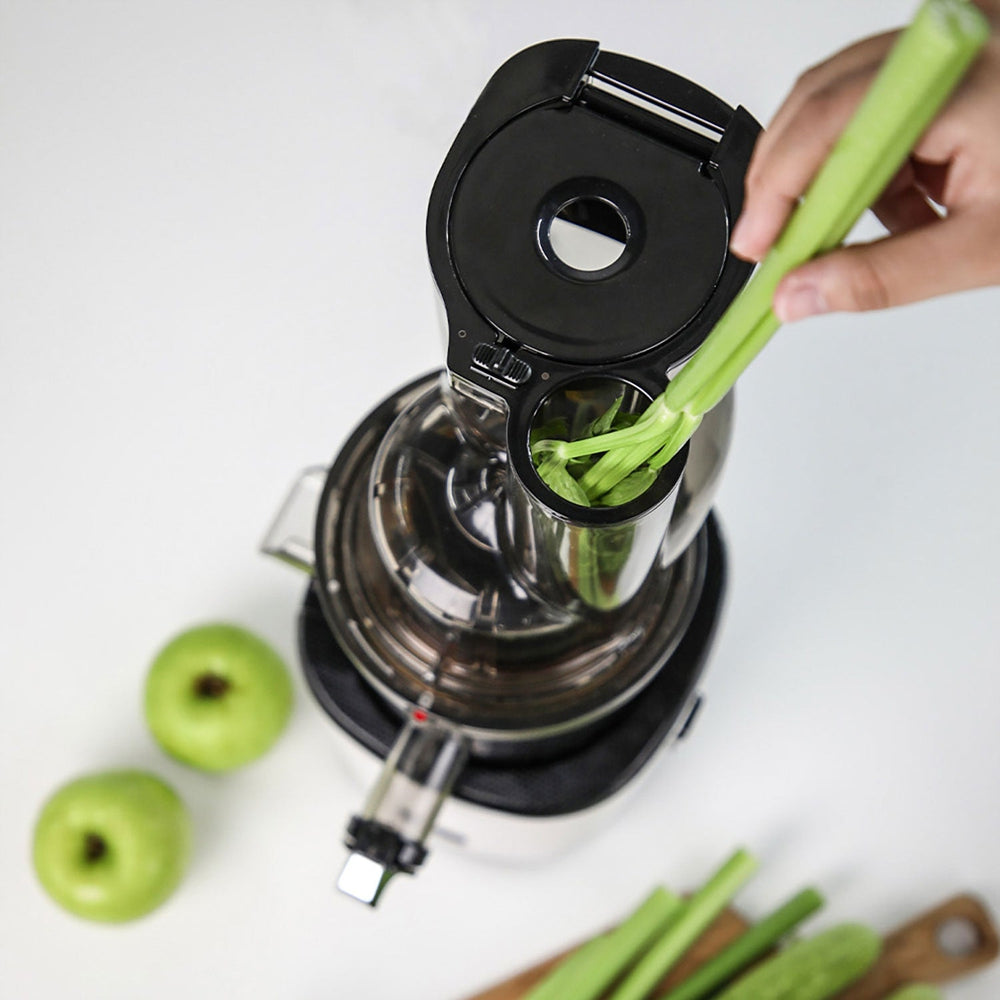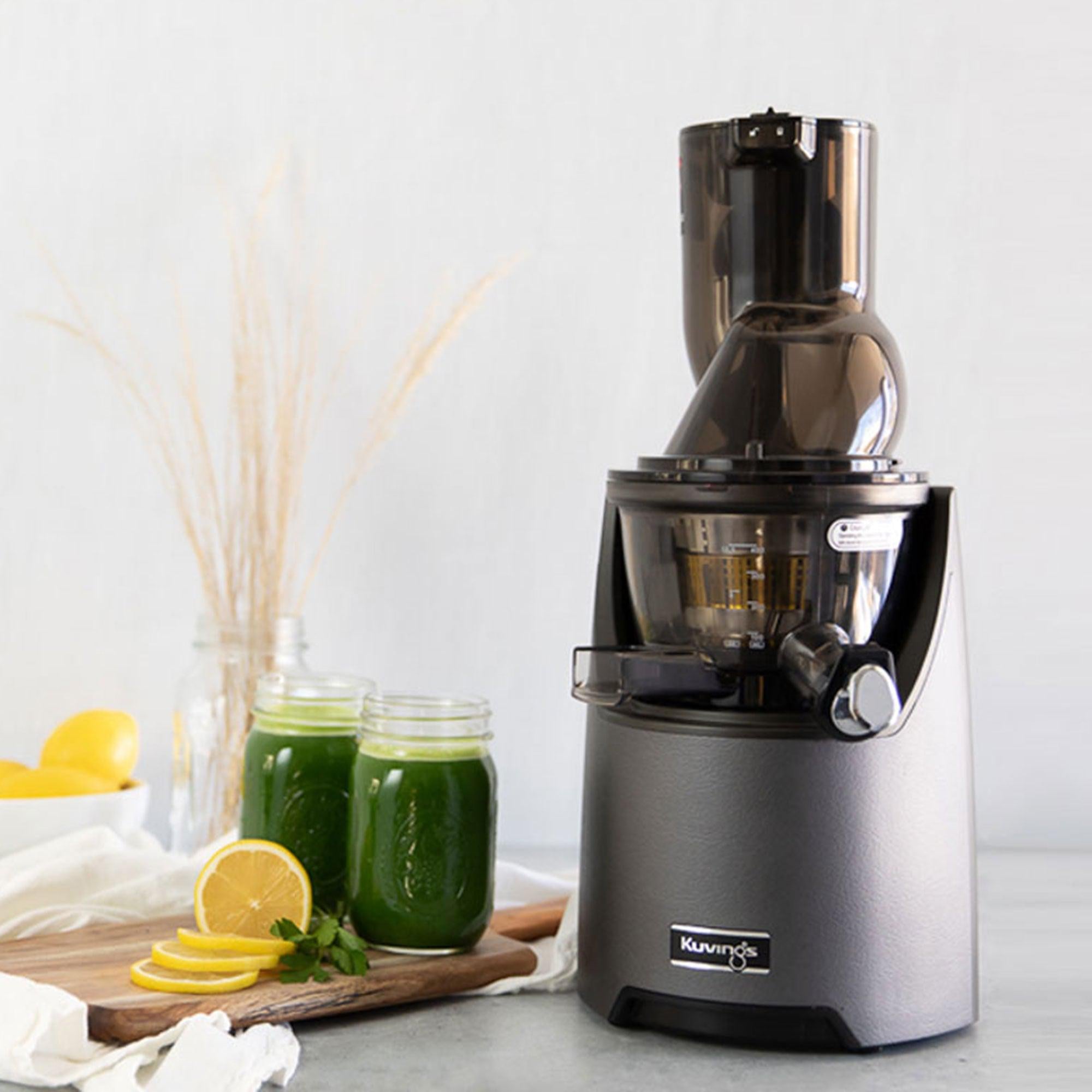Our juicers are often mistaken for blenders because of the similarities between juicing and blending. We also get asked frequently if our juice recipes can be made with a blender.
While we offer both juicers and blenders, it's important to know their differences to choose the best one for your juicing needs.
Capabilities
Juicers are mainly designed to create juice and generally operate best with hard, water-rich ingredients to produce fresh juice.
However, cold press juicers can also juice fruits, vegetables, leafy greens, herbs, and more.
Kuvings cold-press juicers offer versatility as they can also create smoothies, sorbets, and nut milks. This is possible because they include a juicing strainer, smoothie strainer, and sorbet strainer.
Blenders blend ingredients into a homogenous mixture to mainly create smoothies, sauces, soups, ground grain, crushed ice, and more.
They can handle ingredients with varying water contents and textures.
How They Work
Juicers use centrifugal or masticating mechanisms to crush/grind ingredients and separate the liquid from the pulp.
Juicer parts have holes, openings, and designated spouts that allow pulp and juice to exit separately. This design removes the pulp from the juice.
Masticating juicers, in particular, use a slow-spinning screw to crush and press ingredients against a strainer to separate the liquid from the pulp.
This slow masticating technology is built into the appliance, making it a simple operation.
Conversely, blenders use a high-speed blade to chop, crush, and emulsify ingredients.
They use enclosed containers, so the pulp is incorporated into the juice.
Blenders come with various programs and settings, allowing you to customize the blending process to achieve the desired consistency.
Components
Kuvings cold-press juicers consist of five main parts: a lid/hopper, screw, strainer, rotation wiper, and juicing bowl.
Juicers require some assembly and more effort for cleaning, but they don’t have sharp blades, making them safer to clean.
In contrast, blenders have fewer parts. They include a blending container and may include a sharp blade. Blenders don’t require assembly and are easier to clean.
If they include a sharp blade, then it may be a safety concern during cleaning, which could slow down the process.
Juicers vs. Blenders
For a summary of the main differences between juicers and blenders, check out the table below.
Juicers |
Blenders |
|
|
Juicing with a Juicer
Using a juicer to juice is optimal because it extracts the juice directly from the ingredients.
No added liquid is necessary, and less ingredient preparation is involved.
Kuvings cold-press juicers have wide feed chutes for whole ingredients, making it easier and quicker to prepare your produce. They can also handle and separate most peels, reducing the need to peel before juicing.
The juice produced has a rich flavor and is exceptionally smooth. Plus, the pulp is dry, ensuring you get the maximum yield from your ingredients.
Watch the video to see how fast and easy it is to juice with the Kuvings AUTO10 juicer, delivering pure juice.
Juicing with a Blender
You can also make juice with a blender, but it’s not truly extracted juice.
Liquid must be added to facilitate the blending of ingredients. Some may assume that adding enough liquid will create a texture that is as good as juice but rather the result is a thinned out smoothie that includes the pulp.
If you want to further remove the pulp, then you must strain the product with either a mesh strainer or cheesecloth. Despite these efforts, the pulp may remain damp, meaning you won't get the maximum juice yield.
Ingredient preparation is also more involved when using a blender. Blenders are not optimized for whole ingredients and do not separate peels and seeds. Therefore, you need to peel and prep ingredients more thoroughly before juicing.
Considering these factors, making juice in a blender yields a watered-down smoothie, not a rich and smooth cold-pressed juice.
If you choose to strain your watered-down smoothie to mimic a juice consistency, then the process becomes messier and more time-consuming and the flavor will still be lacking.
Take a look at the juicing process with the Kuvings CB1000 blender.
Choosing Between a Juicer or Blender for Juicing
If you want to efficiently make cold-pressed juice with a smooth texture, then a slow cold-pressed juicer is the better choice.
If you don’t mind blended juice with its pulp and diluted flavor, then using a blender for juicing is an option.
In conclusion, the decision to use a juicer or blender for juicing depends on your juicing goals and personal preferences.
Which one are you choosing? Don’t forget to check out our juicers and blenders!



